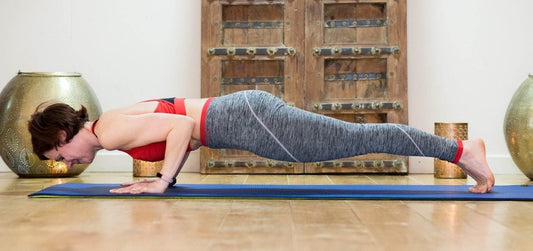Guide to using microgoals in your training
Have you ever started a long run and thought, ‘I am never going to get through this!’ Or finished the first...
No equipment home workouts for all ages and abilities
Get your daily dose of movement with home workouts that require nothing but motivation to get them done. No matter what your...
5 Ways To Get The Most Out Of Your Gym Sessions
It’s common to find going to the gym a chore. It’s also common to feel like you’re floundering with no...
Can You Exercise When You Are Sore?
If you're on a roll with your training or on a plan for a specific event, sometimes it's tempting to...
Q&A With Dancer Lucie Palfreyman
Lucie Palfreyman uses fitness to further her career. As a professional dancer, it is essential she exercises regularly, focusing on flexibility...
4 Ways To Stay Active All Day
Being active doesn't have to be a chore and it doesn't have to mean slogging it out at the gym every...
6 Ways To Beat Your 5k PB
Managing to beat your 5k PB can be an amazing feeling. It can also be very frustrating trying to beat it...
How To Enjoy Working Out (And Stay Motivated For Good!)
If you’re reading this, it’s probably because you haven’t been going to the gym as often as you should or you’ve...








